Discover bichirs, a prehistoric freshwater fish with lungs, striking armor, and unique personalities. Come learn how to care for them in this full bichir care guide.
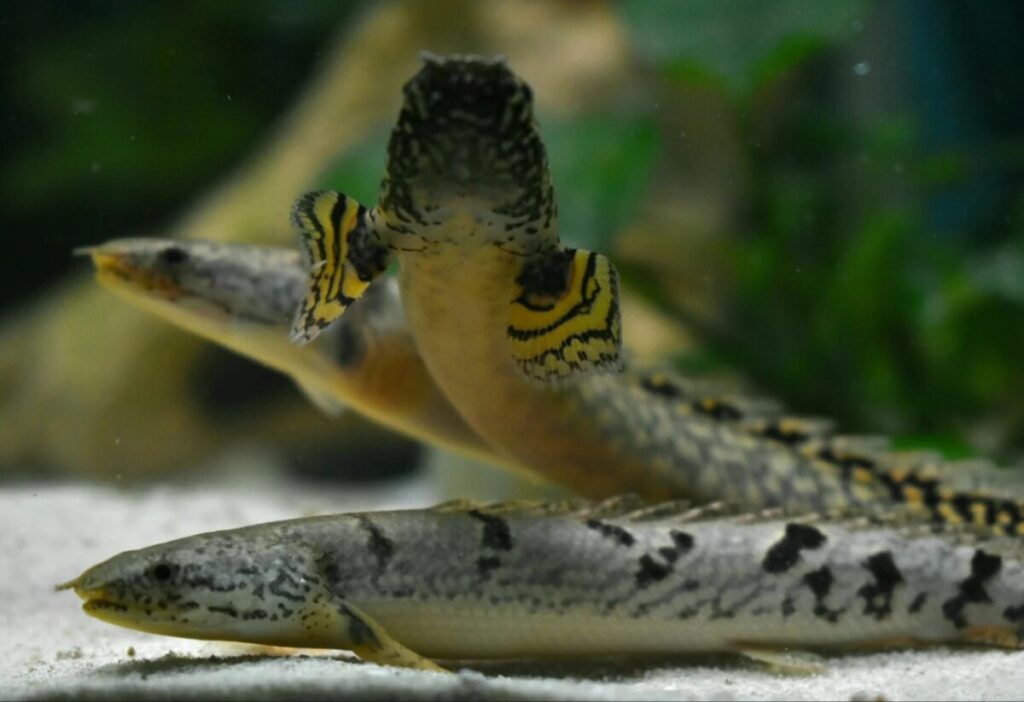
Bichirs: Jaw-Dropping Prehistoric Swimmers
If you’ve ever wanted to keep a fish that looks like it swam straight out of the dinosaur age, meet the Bichir (pronounced “bee-sheer”). These prehistoric bichir fish aren’t your average community tank residents. They’re members of the Plypterus genus, and ancient air-breathing predators with elongated bodies and spiny dorsal finlets.
The bichir’s unique traits, like having a primitive lung structure, help it to breathe, survive in oxygen-poor waters in the wild, and survive out of water for brief periods.
This bottom-dweller swims slowly and gracefully, such that it makes a bold statement in any tank. In this bichir overview, you’ll learn the importance of Polypterus care and how to provide it regardless of your current fish keeping expertise.
Author’s Note: Check out our post on The 13 Freshwater Aquarium Eels That Can be Kept as Pets for even more eels!
Natural Habitat & Origins

Most bichir natural habitats are found in the swamps, slow-moving rivers, and muddy floodplains of West and Central Africa, although they’re commonly found in the Nile.
Their natural environments are warm, murky, and often low in oxygen, hence their developments to breathe air and survive.
In the Polypterus‘ wild environment, Bichirs are bottom dwellers that hide among tangled roots, plants, and soft sediment. They’re ambush predators who wait until a tasty species swims by before striking with surprising speed.
If you’re looking to recreate the bichir’s native habitat, think soft substrate, dim lighting, and lots of hiding places. They’re perfect for mimicking the swampy vibes from their natural environment.
Recognizing Different Species
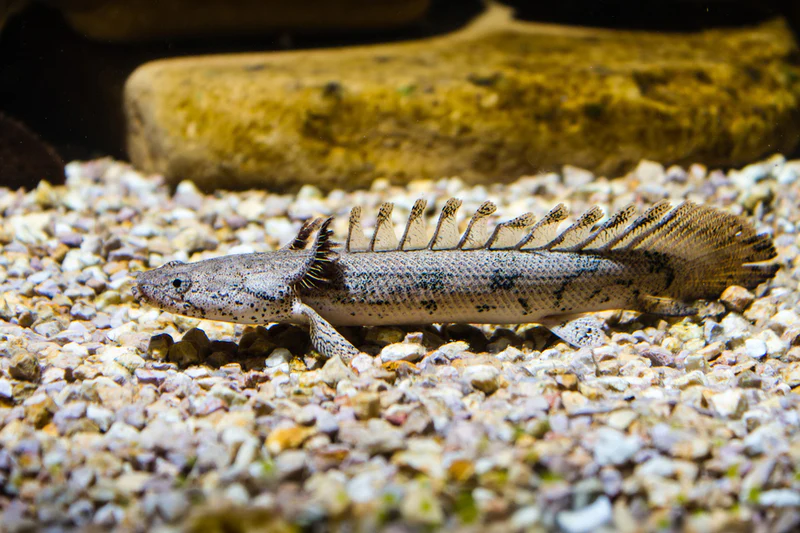

There are different types of bichirs, and each has its own style. Identifying Polypterus species isn’t so difficult if you know what to look out for.
This bichir varieties guide will make it easier to identify the different bichir types. Here are some of the most popular in the aquarium trade:
- Senegal Bichir (Polypterus senegalus): Hardy, beginner-friendly, and usually pale gray or beige.
- Ornate Bichir (Polypterus ornatipinnis): Eye-catching patterns, black and gold stripes, and one of the most beautiful.
- Ropefish (Erpetoichthys calabaricus): A close relative with an eel-like shape and playful personality.
Other traits include their segmented dorsal finlets, armored scales, and tube-like nostrils. Most bichirs range from 12 to 24 inches, depending on the species, so be sure to consider size when choosing your fish. Some get massive over time!
Now, let’s design their aquarium home.
Tank Setup Essentials

Let’s talk about setups. If you want to keep these guys happy, you’ll need a proper bichir tank setup. Here are some bichir aquarium requirements that’ll come in handy:
Tank Size
Start with size. These fish grow large and need room to stretch. The ideal tank for bichirs is at least a 100-gallon rectangular tank, especially if you plan to house more than one.
Tank Layout
Bichirs can jump and squeeze through gaps, so a secure lid is non-negotiable. Use a weight on your lid if you must, because this fish is stronger than it looks! Many fishkeepers have woken up to find their prized pet on the floor and couldn’t save them from their fatal fate.
Lighting
Your tank’s lighting should be soft and subtle. Bichirs aren’t fans of bright, flashy environments.
Decor and Substrate
Remember to add caves, driftwood, or large pieces of rock to mimic their natural hiding spots.
Choose a low and soft substrate like fine sand or smooth gravel to protect your bichir’s sensitive underbelly.
Water Parameters & Maintenance

Bichirs may be hardy, but they’re still sensitive to sudden changes in water quality. To maintain great bichir water conditions, aim for:
| Temperature | 75–82°F |
| pH | 6.5–7.5 |
| Water flow | Low to moderate |
Bichirs are bottom dwellers that prefer a low current environment. So be sure to avoid strong currents. Polypterus water care means gentle treatment, especially if you’re dealing with external parasites or infections. That’s why you should avoid harsh medications, especially those that contain copper.
Water Changes
Weekly water changes (about 20–30%) are essential for bichir tank maintenance, especially since they produce a good amount of waste. Don’t forget to vacuum the substrate regularly. Leftover food can lead to ammonia spikes, which these prehistoric fish don’t appreciate.
Author’s Note: Checkout the post on The 7 Best Aquarium Canister Filters Reviewed (2024) for an in-depth guide on choosing the right filter for your aquarium!
Diet & Feeding Behavior
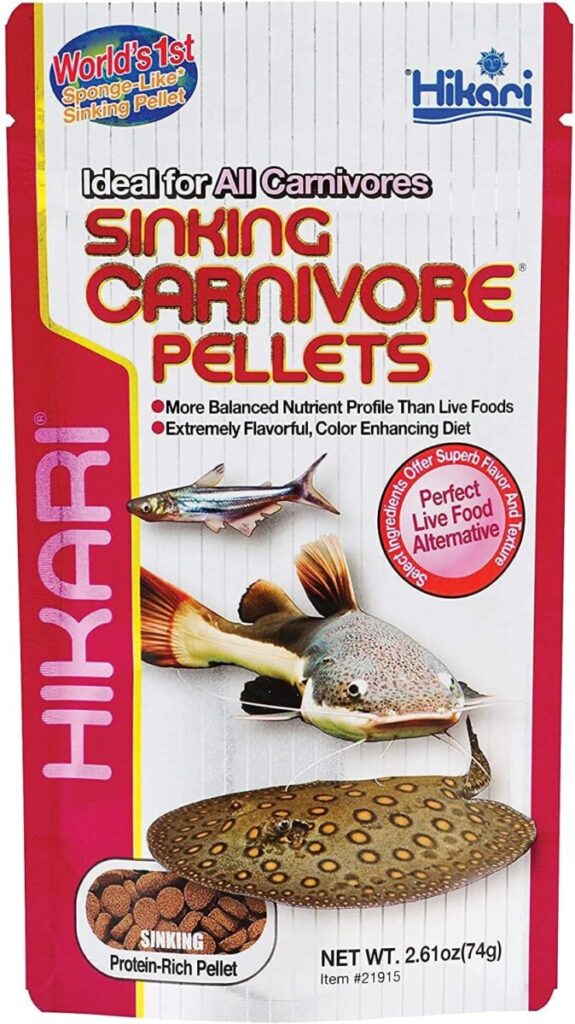
Sinking Carnivore Pellets for Pet
Found On Amazon
These fish are pure carnivores. In the wild, they snack on crustaceans, small fish, and anything they can swallow whole. So when feeding them in your tank, mimic that meaty, high-protein diet.
Some solid bichir food preferences include:
- Frozen bloodworms
- Shrimp
- Chopped fish fillets
- Pellets made for carnivores
Feeding Tips
Bichir feeding tips? These guys are nocturnal by nature and tend to ignore food during the day. That’s why it’s best to feed them at night or in the evening when they’re most active.
Use this bichir diet plan so that your bichir doesn’t overfeed. Generally, 3–4 feedings per week is plenty for adults. Juveniles may need smaller, more frequent meals.

Here’s an interesting bichir social behavior tip for you:
They aren’t aggressive, but they’re opportunistic. That means any tank mate small enough to fit in their mouth is at risk of becoming dinner.
With the right companions, though, they can be surprisingly peaceful. Some compatible bichir tank mates include:
- Oscars
- Silver Dollars
- Clown Loaches
- Large Catfish (Like Synodontis)
- Giant Gouramis
Avoided Species
Avoid fin-nippers, fast-moving fish, and anything smaller than 4 inches.
Also, bichirs don’t usually like their own kind. This means that housing multiple individuals in the same tank can cause issues unless they have tons of space.
Use this bichir community tank guide as your rule of thumb. Remember that a slow, large, and peaceful species is okay, but a small, flashy, or aggressive species is a No.
Health Issues & Prevention

Despite their prehistoric armor, bichirs are still vulnerable to common fish diseases.
Some common bichir diseases are fin rot, internal parasites, skin abrasions from rough decor, and poor appetite due to bad water.
To avoid these diseases, here are some simple, but effective, Polypterus health tips:
- Avoid overcrowding
- Clean the tank and change the water regularly
- Quarantine new tanks during transfers
- Avoid rough handling during transfers
Bichir health care also involves keeping an eye on your bichir’s behavior and addressing issues early. These fish stress easily, and stress can cause sickness.
Breeding Info
Breeding Polypterus in captivity is rare because they require massive tanks, soft acidic water, and a spawning setup that includes floating plants or dense foliage.
Some hobbyists have reported success, and if you’re determined to try, then use this bichir breeding guide.
Spawning and Egg Care
These dinosaur-looking fish exhibit bichir spawning behavior by laying their eggs on ceilings or floating objects. You’ll need to get creative here.
Focus on pairing a healthy, mature male and female, conditioning them with high-protein food, and providing a calm, dimly lit tank. Even then, it’s still a long shot.
If it does happen, congrats! But for most fishkeepers, it’s about enjoying them as display fish.
Lifespan & Care Duration

If you’re bringing home a bichir, you’re in it for the long haul. With proper care, bichir’s lifespan can range from 10 to 20 years. That’s two decades of a strong prehistoric caretaker bond.
Bichir care duration is for as long as it’s in your tank. This is not a fish you buy on impulse and forget about. They need consistent feeding, stable water, and a calm environment over many years.
Caring for bichir long-term also means being ready to upgrade their tank, replace heaters, clean filters, and rearrange decor to match their growing size and changing needs.
Conclusion: Are Bichirs a Good Fit?
You’re probably thinking, “Are bichirs good pets?” or “Should I get a bichir?” Well, that depends on certain things.
If you want a prehistoric predator with lungs, armor, and personality, something that makes visitors say, “Whoa, what is THAT?” And if you can provide the proper care for this beast. Then, bichirs are a fantastic choice.
Quick bichir care summary:
- Keep your fish in a 100+ gallon tank
- Clean the tank regularly
- Watch out for changes in your bichir’s behavior.
With the right setup and a bit of patience, bichirs are incredibly rewarding pets. They may not be flashy swimmers, but their prehistoric elegance and low-key charm more than make up for it.
Welcome to the wild and ancient world of bichirs, where the fish are basically dinosaurs, and with this bichir keeper guide, your tank can become a window to the past.


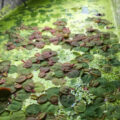
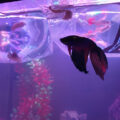
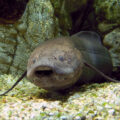


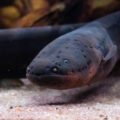



1 thought on “Bichirs (Polypterus spp.): Ancient Prehistoric Fish for Enthusiasts”